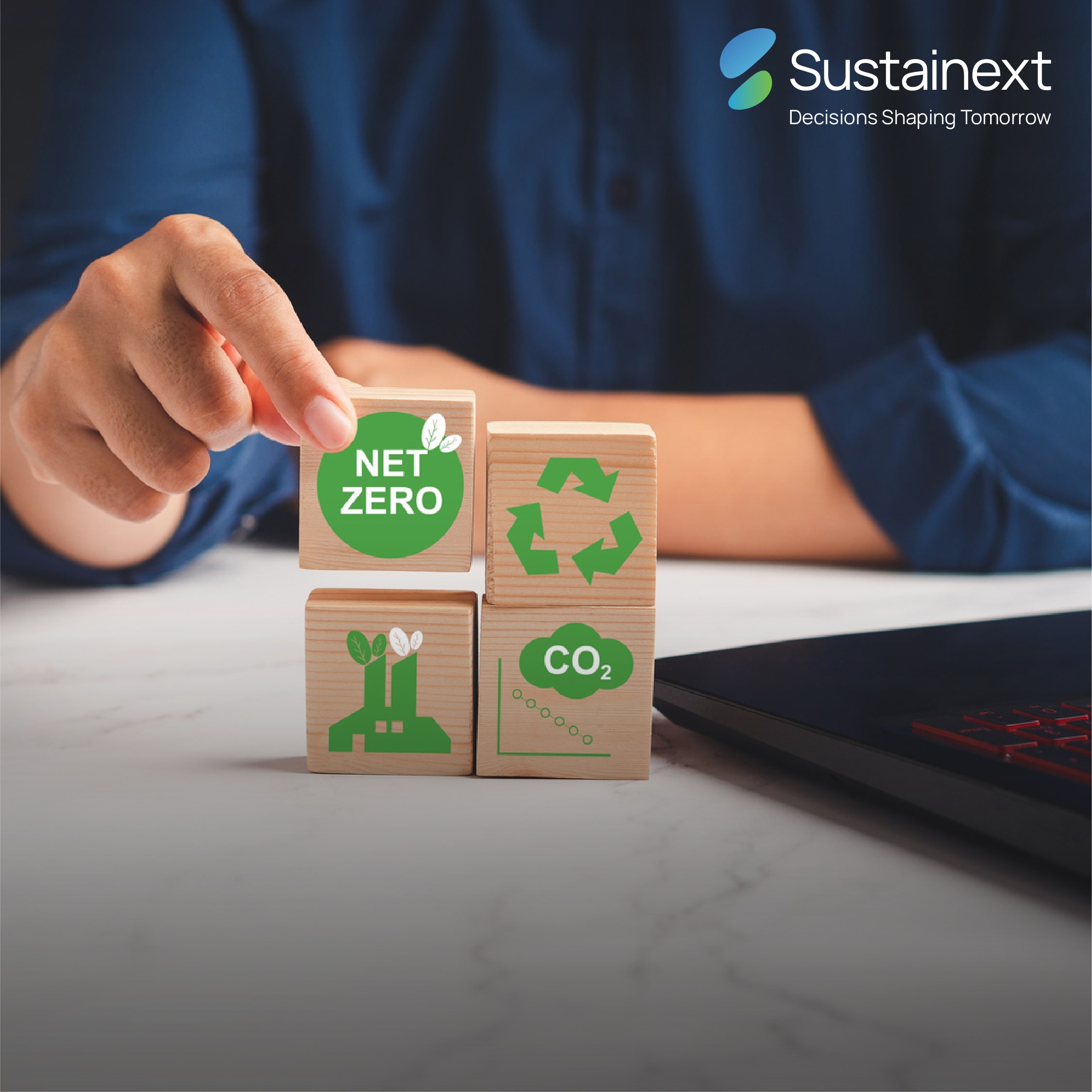
Understanding the Science Based Targets initiative (SBTi): Driving Corporate Climate Action
In the era of heightened climate consciousness, businesses are increasingly held accountable for their environmental impact. The Science Based Targets initiative (SBTi) has emerged as a crucial framework to guide companies in setting and achieving ambitious climate goals. This blog delves into what the SBTi is, why it's necessary, how it functions, who should adhere to its standards, the differences between net-zero and SBTi targets, the benefits of adopting SBTi, and the key strategies involved. We'll also touch upon recent changes in the SBTi guidelines.
What is SBTi?
The Science Based Targets initiative (SBTi) is a collaboration between CDP, the United Nations Global Compact (UNGC), World Resources Institute (WRI), and the World Wide Fund for Nature (WWF). Launched in 2015, SBTi helps companies set greenhouse gas (GHG) emissions reduction targets that are consistent with the latest climate science, ensuring they contribute effectively to limiting global warming to well below 2°C above pre-industrial levels, with efforts to limit warming to 1.5°C.
Why do we require SBTi?
SBTs provide a clearly-defined pathway for companies to reduce greenhouse gas(GHG) emissions, help prevent the worst impacts of climate change and future-proof business growth in line with science. The standard addresses the urgent need for standardized, science-based approaches to corporate climate action. With climate change posing significant risks to economies, ecosystems, and communities, businesses must play a pivotal role in mitigating these impacts. The SBTi provides:
1. Clarity: Clear, science-based targets help companies understand the scale of emissions reductions needed.
2. Credibility: Aligning with SBTi standards enhances corporate credibility and accountability in climate action.
3. Comparability: Standardized targets allow for easier comparison and benchmarking across industries.
4. Urgency: Encourages immediate and significant action, aligning with global climate goals.
How does SBTi work?
The SBTi framework involves several key steps:
1. Commitment: Companies publicly commit to setting science-based targets.
2. Development: Businesses develop targets aligned with SBTi criteria, using sector-specific guidance where applicable.
3. Validation: Targets are submitted to the SBTi for validation to ensure they meet rigorous scientific standards.
4. Implementation: Companies implement strategies to achieve their targets, integrating them into business operations.
5. Reporting: Regularly report progress towards targets to maintain transparency and accountability.
Who needs to follow the SBTi standards?
The SBTi standards are designed for companies across all sectors. Large corporations with significant GHG footprints, especially those in carbon-intensive industries such as energy, manufacturing, and transportation, are particularly encouraged to adopt SBTi targets. However, businesses of all sizes and sectors can benefit from aligning their climate goals with science-based targets.
Difference between Net-Zero and SBTi
While both net-zero and SBTi targets aim to address climate change, they differ in scope and approach:
• Net-Zero: Refers to balancing the amount of GHG emissions produced with an equivalent amount removed from the atmosphere. Net-zero targets typically involve reducing emissions as much as possible and offsetting the remaining emissions through methods like carbon sequestration.
• SBTi: Focuses on setting interim emissions reduction targets based on climate science, guiding companies on a pathway to significantly lower emissions. The SBTi also offers a Net-Zero Standard, which provides a science-based approach to achieving net-zero emissions by 2050.
Benefits of SBTi
1. Reputation: Enhances corporate reputation by demonstrating a commitment to climate leadership.
2. Investor Confidence: Attracts environmentally conscious investors and meets increasing investor demands for climate transparency.
3. Regulatory Preparedness: Positions companies ahead of regulatory requirements and potential carbon pricing mechanisms.
4. Operational Efficiency: Drives innovation and operational efficiency, often resulting in cost savings.
5. Market Differentiation: Differentiates companies in the marketplace, appealing to customers and partners prioritizing sustainability.
Key strategies of SBTi
1. Sectoral Decarbonization Approach (SDA): Provides sector-specific pathways to ensure targets are contextually relevant.
2. Scope 3 Emissions: Encourages companies to address value chain (Scope 3) emissions, which often represent the largest portion of a company’s carbon footprint.
3. Science-Based Net-Zero: Offers a rigorous framework for companies to achieve net-zero emissions in line with climate science.
Recent changes in SBTi
The SBTi has recently revised its guidance on Environmental Attribute Certificates (EACs), such as Renewable Energy Certificates (RECs). The new guidance emphasizes:
• Additionality: EACs must demonstrate that their purchase directly supports new renewable energy projects.
• Geographical Relevance: EACs should be sourced from the same region where the company’s operations occur.
• Temporal Matching: EACs must correspond to the same time period as the energy consumption they cover.
These changes aim to ensure that EACs genuinely contribute to additional renewable energy generation and reflect more accurately on a company’s renewable energy usage.
Conclusion
The Science Based Targets initiative (SBTi) is an essential tool for companies committed to addressing climate change through credible, science-based emissions reduction targets. By aligning with SBTi standards, businesses can enhance their reputation, meet stakeholder expectations, and contribute meaningfully to global climate goals. As the SBTi continues to evolve, staying informed about new guidelines and incorporating them into corporate strategies will be crucial for maintaining leadership in sustainability.
Sustainext Value
Sustainext’s consultants helps organizations chart out their SBTi journeys helping them get introduced to SBTi, cataloguing emissions, GHG inventory reviews, readiness assessments, preparing and finalizing the SBTi documentations, crafting the roadmap and action plan and continuous monitoring, verifications and reporting.